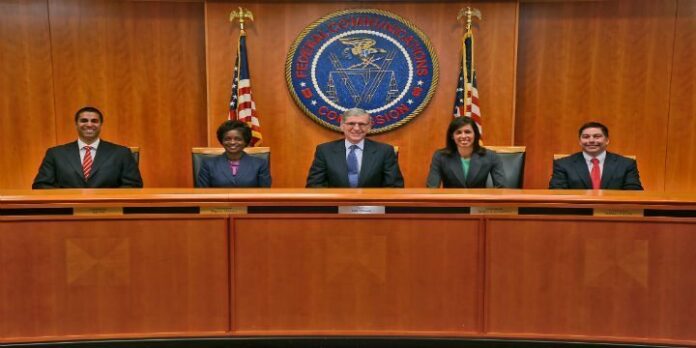The Federal Communications Commission adopted rules requiring text messaging providers to support E911 text messaging, a move that builds on previous commitments from the nation’s four largest wireless providers. Carriers had initially agreed to support such services in late 2012.
The adopted rules will require support from all wireless providers as well as ensure “certain IP-based text application providers are prepared to support text-to-911 by the end of the year.” The FCC added that beginning next year, if a 911 call center requests text-to-911, text messaging providers will have six months to deploy the service in that area.
The FCC said the requirement applies to wireless carriers and “interconnected” messaging providers, including over-the-top applications that support text messaging to and from phone numbers, but not messaging applications that “only support communications among users of games or social media.”
The FCC claims more than 100 call centers serving parts of 16 states now accept emergency texts. Text messaging providers were previously required to send automatic “bounce-back” text messages to users that sent such messages in unsupported areas.
–The FCC’s plans to modernize the federal E-Rate program received a boost from a report compiled by the Wireline Competition Bureau and Office of Strategic Planning and Policy that provided insight into where money from the E-Rate program is spent today and how the reform process will realign those spending plans.
The report found that nearly half of applicants for funding in 2012 spent less than $150 per student on “internal connections,” with the rest of schools spending greater than that amount. The report concluded that those spending more would not receive E-Rate support, thus $1 billion in annual support for the rollout of Wi-Fi in those schools spending less should be sufficient. The report also claimed that reducing support for non-broadband services would free up $3.5 billion over a five-year budget period toward support for broadband connections.
As for fiber connectivity, the report found that two-thirds of schools already had access to fiber but that the biggest challenge was in service pricing. However, it was found that many rural schools and “the vast majority of libraries lack physical infrastructure necessary to meet the broadband goals” set forth in the E-rate modernization order.
“One of the more striking takeaways from the report is how vividly it illustrates the variability in prices being paid for similar services by similarly situated schools and libraries seeking E-Rate support,” noted Jon Wilkins, managing director at the FCC.
The FCC last month approved plans to modernize the E-Rate program, with a focus on tapping Wi-Fi services as a means of expanding broadband services to schools and libraries.
Make sure to keep up-to-date on policy news by visiting RCR Wireless News’s Policy page.
Bored? Why not follow me on Twitter?

Policy: FCC adopts E911 text messaging mandate
ABOUT AUTHOR
